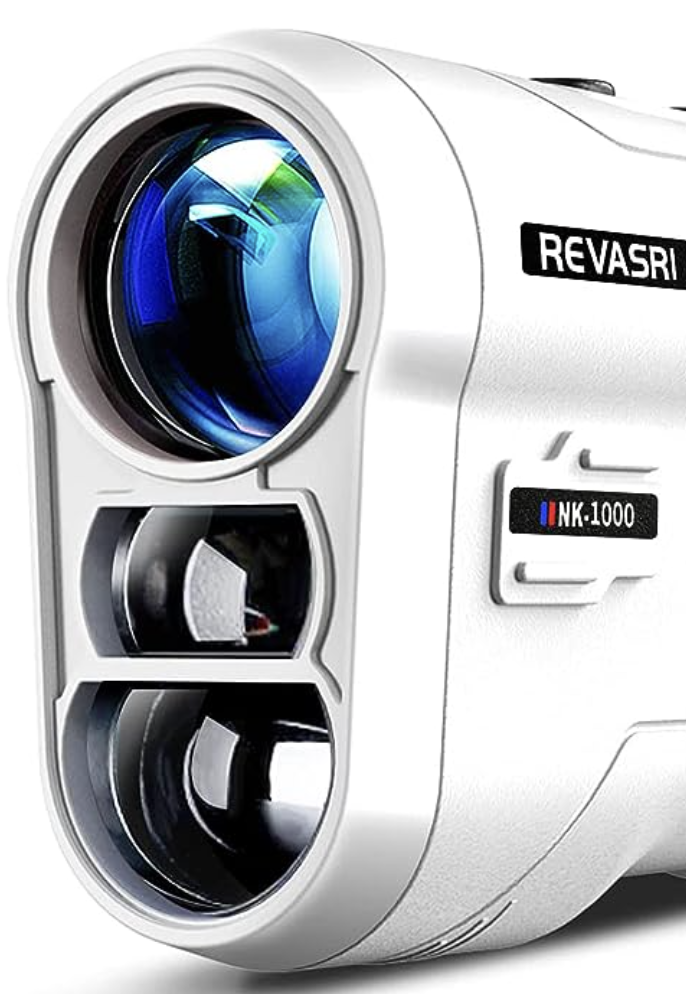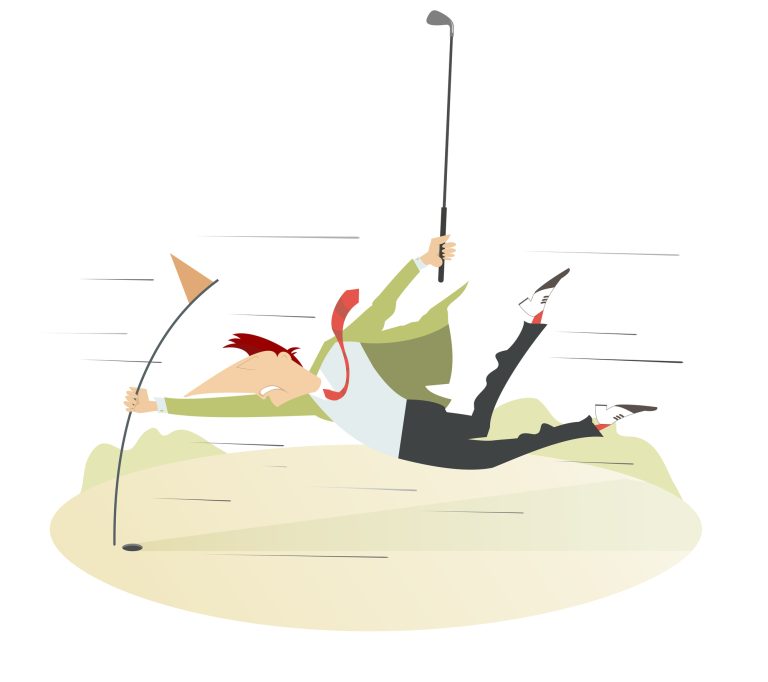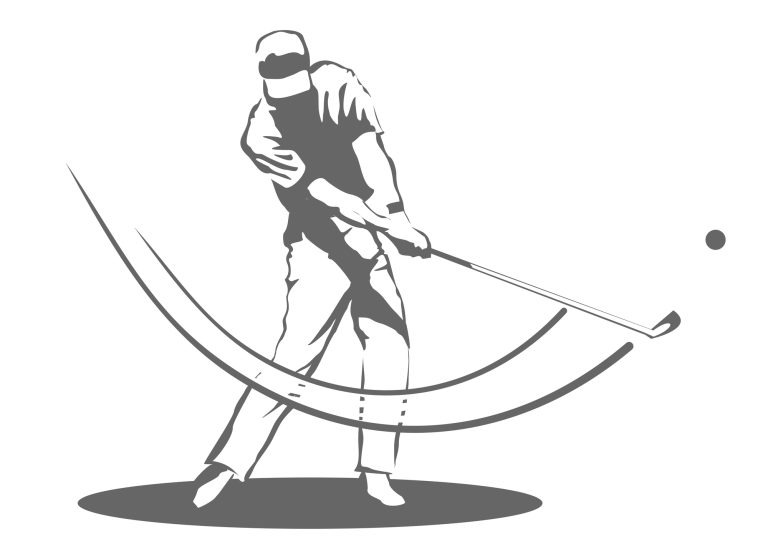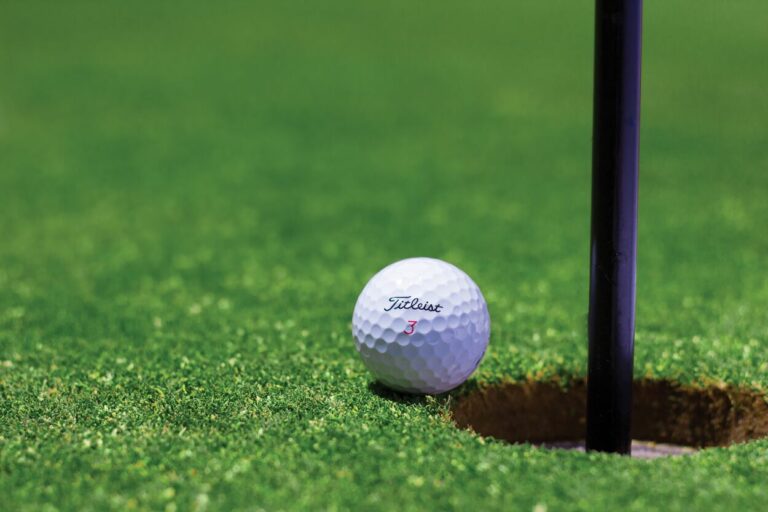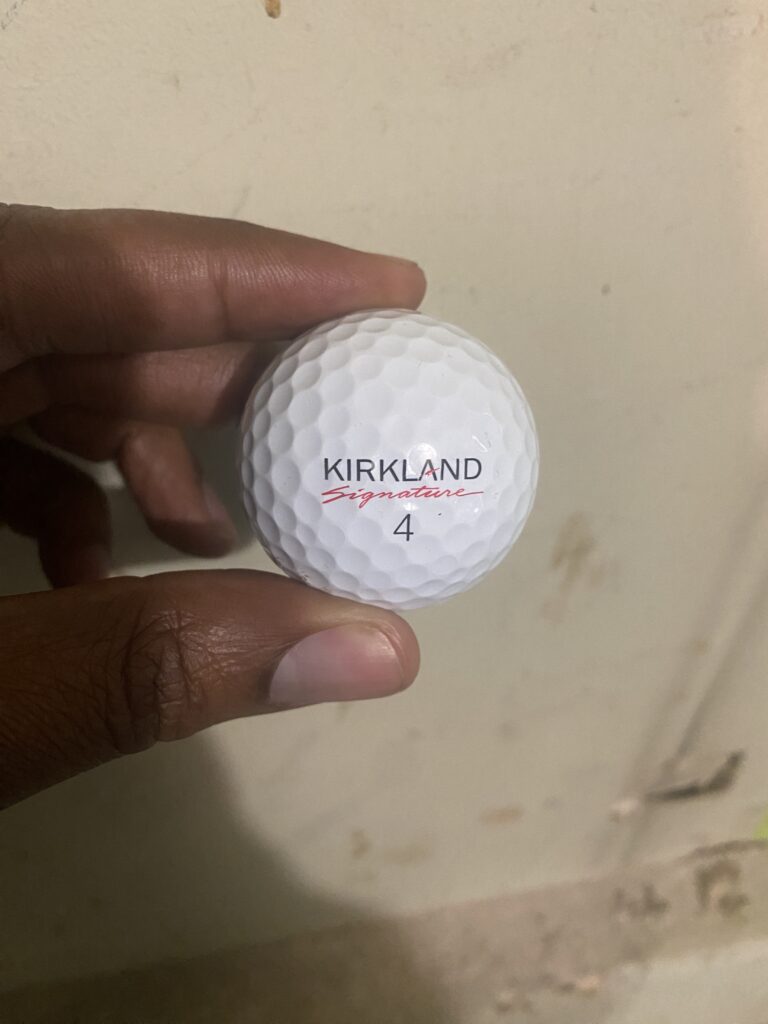Does Marking a Golf Ball Affect Flight? (Explained)
I have a confession… I hit the wrong ball. I found what I thought was my ball, but after smashing the most beautiful shot ever, I found out, it wasn’t mine.
Hitting the wrong ball can be super embarrassing and can get you penalized.
I resorted to drawing a big letter C in indigo on my balls to avoid confusion in the future. So, does marking a golf ball affect flight?
In most instances, marking the golf ball using a sharpie doesn’t affect its flight. Not unless the marker adds some extra weight or brings some imbalance to the original golf ball structure. The difference is very negligible and doesn’t affect the performance.
Read on as I explain why markers don’t make any difference to ball flight, the pros of marking a golf ball, and whether it is legal.

Does Placing an Identification Mark on a Golf Ball Affect Its Aerodynamics?
Aerodynamics is the study of air movements, enabling the evolution of flying machines and high-speed vehicles.
Unknowingly to some players, golf balls have also been engineered on similar principles to maximize flight and control. Anything that interferes with the original balance of the ball will affect its aerodynamics.
Read my other article about: Why Does My Golf Ball Nose Dive? (and how to fix)
While Sharpie is legal, there is always a question of how the color affects the flying capabilities of the ball. How much Sharpie is too much?
Again, I’d like to reiterate that ball marking doesn’t give you an edge over your competitors or put you in a disadvantageous position.
Marking is mainly dependent on the type of mark applied. A slap sticker, for instance, will negatively affect the ball’s aerodynamics because it covers some dimples.
Scratching or using scuff marks can also interfere with the ball’s aerodynamics.
However, a simple mark with a sharpie shouldn’t give you qualms. In fact, the balls have all kinds of writing, like numbers and brand names printed on them.
Furthermore, I haven’t heard of golf tour elites making orders for custom balls without writing on them.
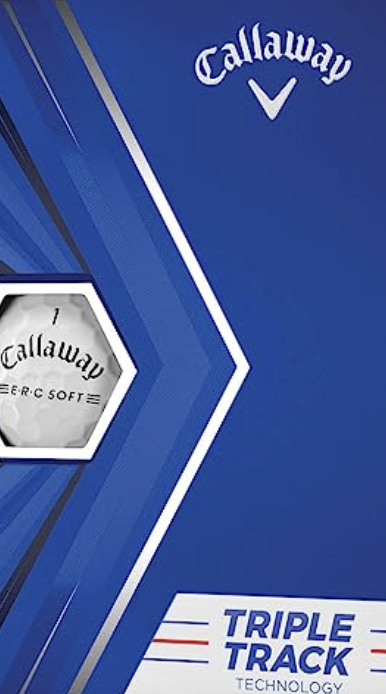
of Callaway ERC Triple
Track Golf Balls for
yourself or your buddy!
Does Painting Affect Golf Ball Flight?
Did you know that golf balls’ poor painting can result in poor shots?
The bright colors aren’t solely cosmetic and have been calculated into the final balance of the golf ball. A consistent paint application guarantees balanced ball flights.
- Poor painting negatively affects the ball’s aerodynamics, resulting in poor shot trajectories.
- That’s why I only use the approved Sharpies to mark my balls.
- Coating it with heavy paints as a marker always ruins the aerodynamics and, consequently, performance.
A golf ball with imbalanced dimple depths can be equated to a bird flying with an injured wing. It will have trouble flying properly.
Why Do Pros Mark Their Golf Balls?
Every golf player, even the professionals, knows how hard it is to make putts from over 5 feet consistently.
Making putt on professional greens is a great challenge, which becomes even harder when you avoid marking your balls.
Pros mark their golf balls because they need to hit the ball at the correct angle when making a putt.
Marking can also mean one player picking their golf balls and replacing them with something else to provide a better shooting angle for the second player.
Marking the ball on the green is customary, but there isn’t a written rule about it. I often keep the ball on the green whenever I want to clean it, pick it up, or make other movements.
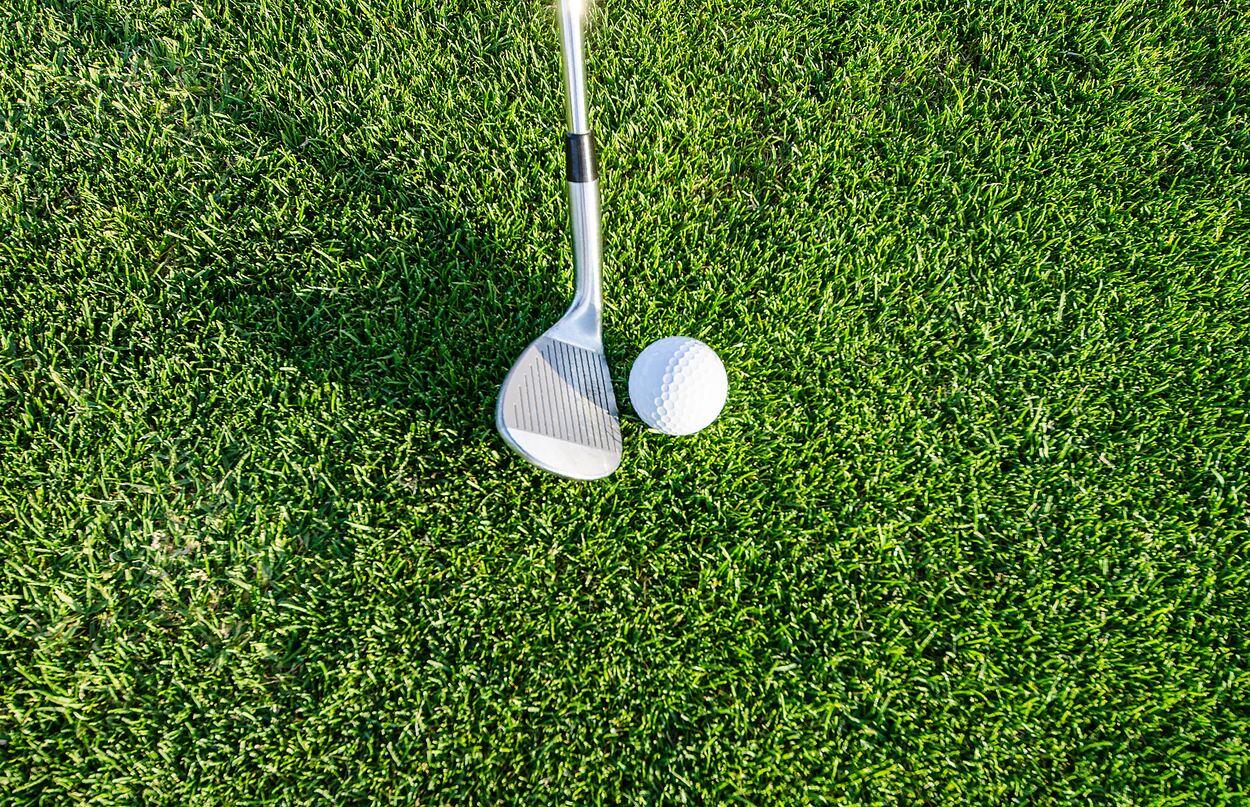
Pros mark their balls to help them see the putt line better. This allows them to move the ball out of competitors’ way without getting penalized.

and apparel.
gear, accessories and apparel. (affiliate link)
Is Marking Your Golf Ball Legal?
Back then, we relied on the number, model, and brand for identification purposes.
Only a few pros were clever enough to make some tiny scratches on the balls using the sharp end of a tee. Nowadays, every golfer uses a Sharpie whenever necessary, but is it legal?
Rules 12-2 and 6-5 allow each player to draw a unique identification mark on their balls.
This means that it is completely legal. Furthermore, you can draw any mark, for example, names, arrows, and lines.
Here is why the rule makes sense. Imagine playing with unmarked golf balls that land in a similar spot after the initial hit.
Then, both of you arrive at the location almost simultaneously and cannot judge whose ball is closer to the putt than the other.
Unfortunately, the balls have a similar number and share a common model and brand. There is no way of telling them apart unless you and your teammates had marked them before the match.
Can a Golf Ball Be Marked off the Green?
Yes! The ball can be marked on and off the green. This is entirely legal, especially when asked by the FC. For instance, you can do the marking to clean the ball well enough for identification, especially in muddy conditions.
Marking the golf ball off the green is okay for identification and relief against a stationary obstruction.
However, only mark the golf ball for legal reasons because the marking should not be used to gain an unfair advantage over the competitor. That will earn you a one-stroke penalty.
Basics of Marking a Golf Ball
Here are some rules to follow when marking a golf ball.
| When the rules require you to move the ball, lift it but mark the position with a ball marker, coin, or other legal items. The ball marker can also be moved when it blocks the competitor’s visibility. |
| There is no penalty for moving the ball marker accidentally when lifting or replacing the golf ball. But if you do so for any other reason, you get a one-stroke penalty, and the ball is restored to its former position. |
| You can only lift the ball if it can assist you or the other player. This is especially true when another ball or a stationary object blocks the line to the putt. |
| Finally, remember that cleaning golf balls is prohibited unless it is on the green. |
How to refrain from losing a golf ball in flight?
Final Thoughts
In conclusion, while marking a golf ball does not affect its flight significantly, these lines are helpful when teeing off, especially when putting.
Usually, any golfer will carry a maker with them to make these markings on their golf balls, which is entirely normal. So don’t fret and play some ball!
If you want to learn more about putting, read this: Can You Use a Different Golf Ball When Putting?
